Rajshahi, Aug 17 (V7N) — In a bid to transform Rajshahi into one of Bangladesh’s most disaster-resilient and sustainable cities, a new comprehensive masterplan has been adopted, covering the Rajshahi metropolitan area, the two municipalities of Nowhata and Katakhali, and 11 surrounding unions—spanning a total area of 365.55 square kilometers.
The strategic plan addresses the growing risks of earthquakes, floods, droughts, and fires. The included unions are Baneswar, Boro Gacchi, Belpukur, Damkura, Horogram, Horian, Haripur, Huzuripara, Parila, Salua, and Yusufpur.
Designed in alignment with the Bangladesh Perspective Plan 2041, the Eighth Five-Year Plan, the Delta Plan 2100, and the Sustainable Development Goals (SDGs), the masterplan focuses on tackling rapid urbanisation and increasing environmental vulnerability. It classifies land use into 17 categories, including residential, commercial, and agricultural zones, to facilitate better planning and resource allocation.
Among the land use classifications, agricultural land accounts for 31.57 percent, residential 31.48 percent, and water bodies 13.58 percent. Specific allocations have also been made for administrative facilities, commerce, industry, education and research, healthcare, public utilities, transport networks, recreational spaces, and open green areas.
To address disaster risks, the city has been divided into zones based on vulnerability analysis. Around 7.17 percent of the area has been marked as earthquake-prone and 4.54 percent as flood-prone. Key priorities in the plan include protecting agricultural land from unregulated conversion, preserving natural water bodies, expanding and upgrading road infrastructure, decentralizing industrial growth, improving education and healthcare services, and developing recreational zones.
The plan also proposes relocating industrial areas outside the city to reduce pollution and labor unrest. One of the major housing initiatives under the Rajshahi Development Authority (RDA) is the Akashlina Residential Project, which will be developed on 19.89 acres of land in Baroipara and Khirishin Mouza near the Bypass Highway, at an estimated cost of Tk 196 crore.
Another significant infrastructure project includes the construction of a road from Shalbagan Mor (Airport Road) to the Bypass Link Road, featuring bituminous carpeting, RCC drainage, and dedicated underground lines for water, gas, and telecommunication utilities to avoid future road excavation. This project is estimated to cost Tk 241.20 crore.
Additionally, the inter-district bus terminal will be modernized and expanded to eliminate waterlogging issues during monsoon. Once completed, the terminal will include modern parking facilities and upgraded passenger amenities.
To improve administrative efficiency, the RDA headquarters will be expanded from its current five-storey building to a ten-storey structure, with an estimated budget of Tk 37.47 crore.
Previously, RDA implemented several major road development projects, including the connection from Greater Road to Rajshahi Bypass, expansion of roads from Saheb Bazar to Gourhanga Mor, Court to Bypass Road, RUET to Rajshahi Bypass, and Fire Brigade Mor to Greater Road. The alignment of the road from Postal Academy to Budhpara was also modified and reconstructed.
To address the housing crisis, several residential and commercial development projects are underway or completed, including Chandrima Residential Area Development, Bonolota Commercial and Residential Area Expansion, Barnoi Residential Area Development, and Prantik Housing Area Development—offering both residential and commercial plots.
Commenting on the masterplan, RDA Chairman S. M. Tuhinur Alam said, “This is not just an urban development plan; it is a roadmap for ensuring safety, improving quality of life, and creating a livable, future-ready city for the next generation of Rajshahi residents.”
Urban planners and experts have welcomed the initiative, noting that the combination of disaster risk reduction, regulated urban expansion, environmental protection, and economic development makes this masterplan a forward-looking approach to sustainable urban governance in Bangladesh.
END/MRA/SMA/



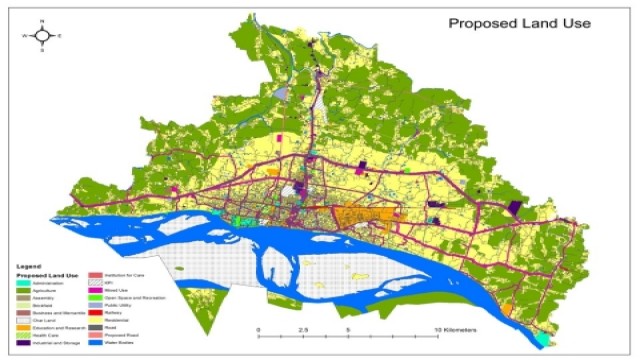
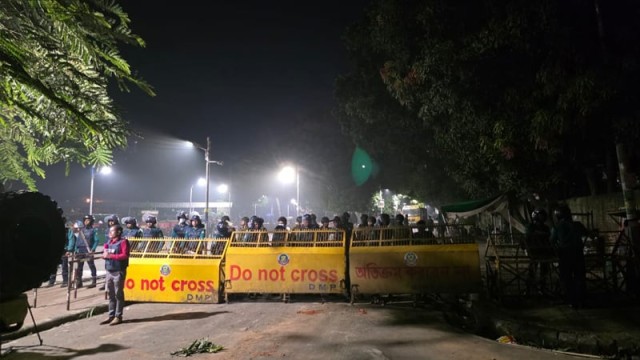
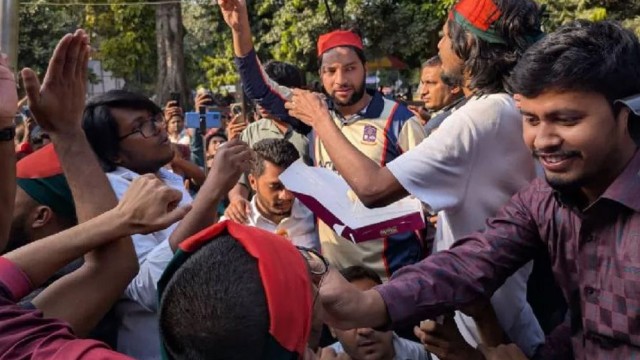
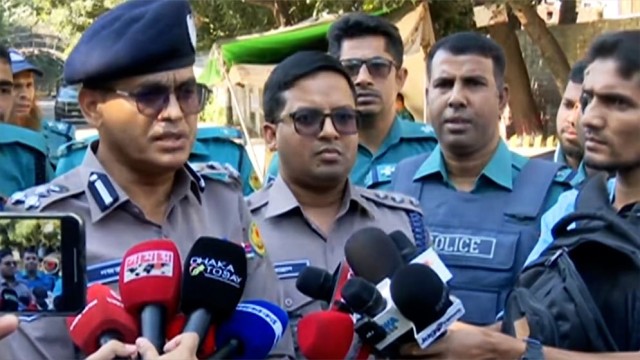
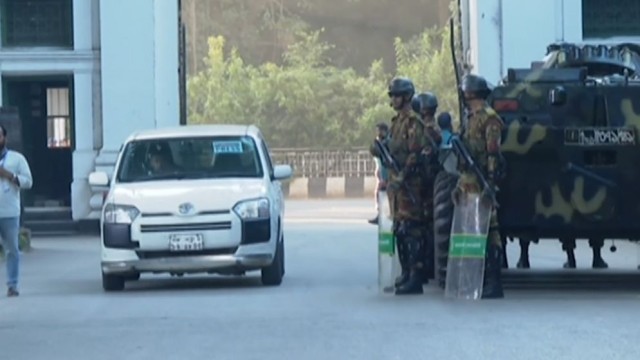
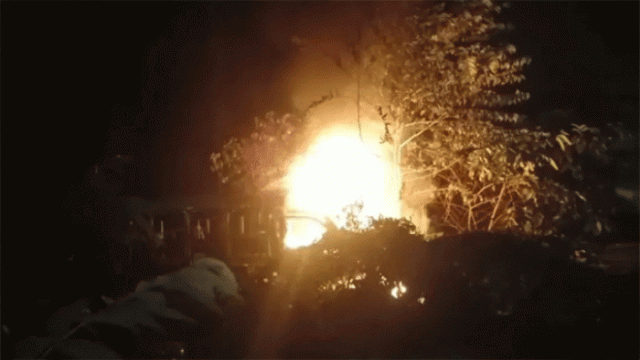
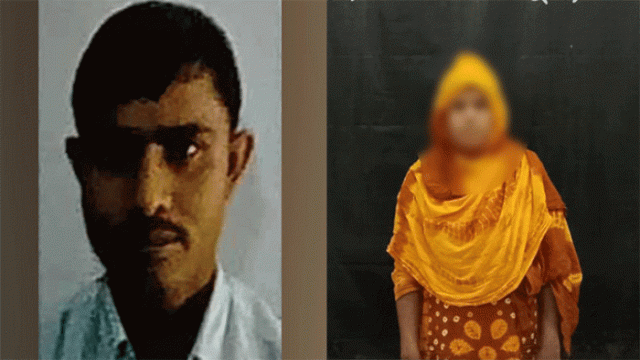

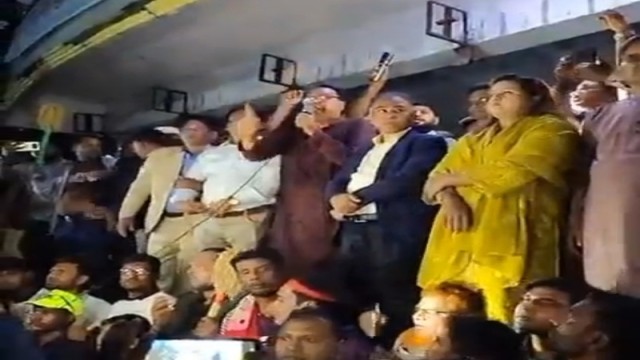




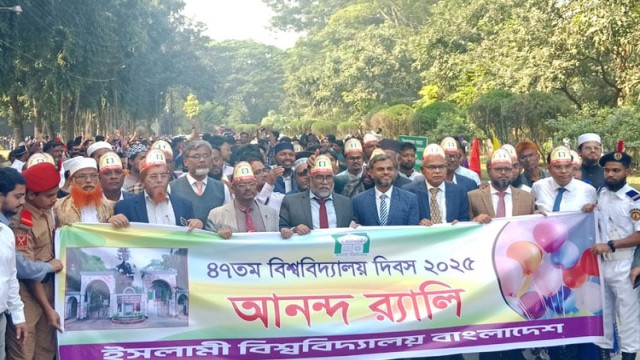
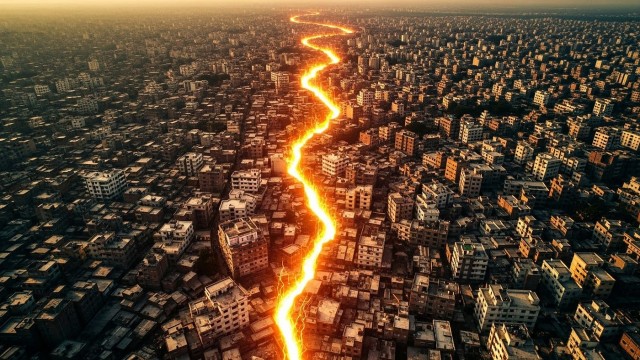
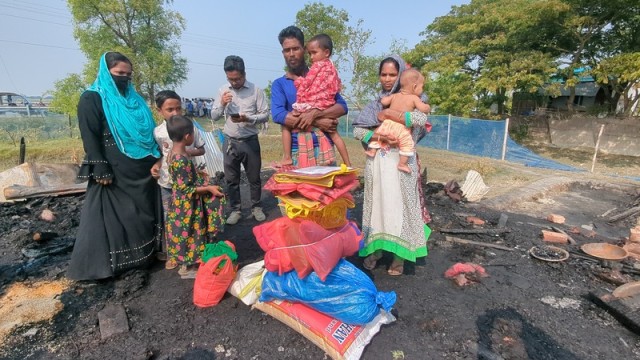
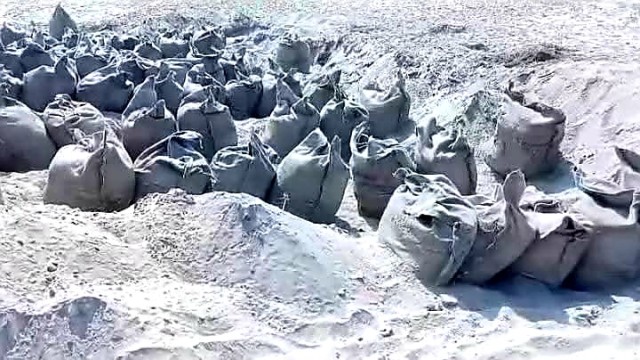

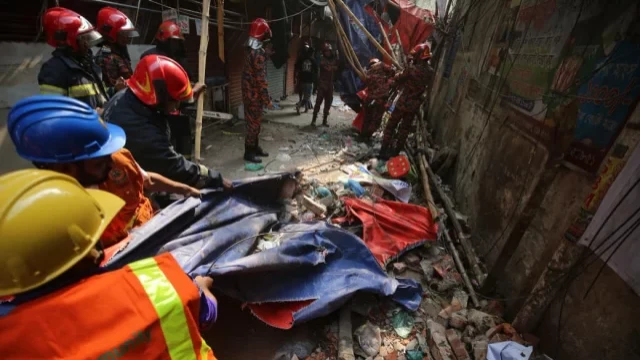
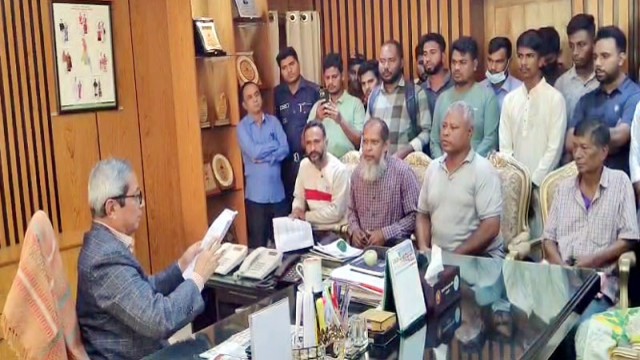
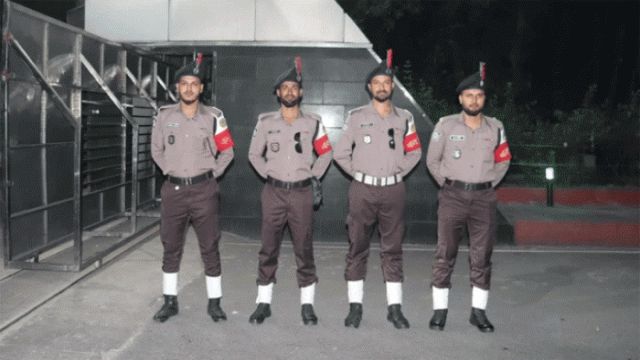
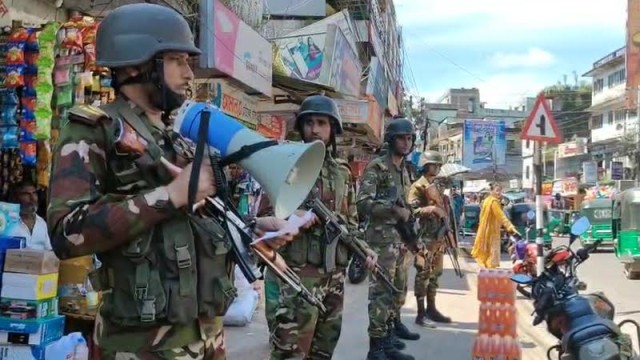

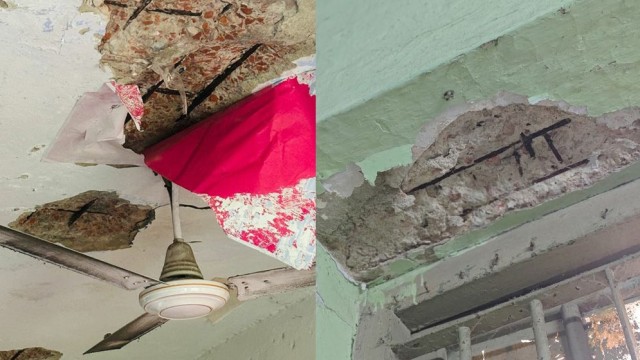



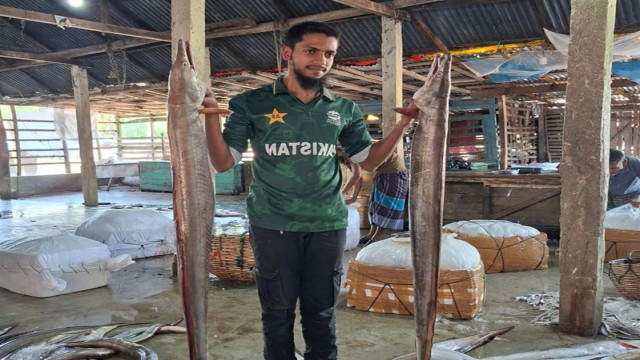
Comment: